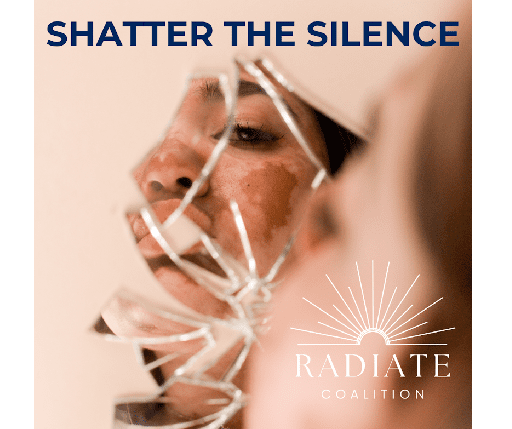From bustling city streets to remote villages, across borders and cultures, the grim reality of abuse and trafficking casts a long shadow. It’s not just a headline – it’s a global pandemic, silently ensnaring millions in its web.
The Numbers Scream:
- 40.3 million: Estimated victims trapped in modern slavery worldwide (Source: Global Estimates of Modern Slavery, International Labour Organization, 2017).
- 71%: Women and girls bearing the brunt of this suffering (Source: Global Estimates of Modern Slavery, International Labour Organization, 2017).
- 160 million: Children forced into child labor, robbed of their childhood (Source: ILO and UNICEF, 2020).
- Millions: Estimated number of Indians trapped in modern slavery (Source: Walk Free Foundation Global Slavery Index 2022).
- 60%: Women and girls in India bearing the brunt of this suffering (Source: NCRB data, 2022).
A World Without Borders for Exploitation:
Trafficking knows no boundaries. It thrives in developed nations disguised as forced labor in factories or hidden prostitution rings. In poorer regions, desperation becomes a weapon, pushing individuals into vulnerable situations.
- Asia and the Pacific: Home to the highest number of victims, with forced labor prevalent in manufacturing and agriculture, including India’s brick kilns and agricultural sector. (Source: Global Estimates of Modern Slavery, International Labour Organization, 2017).
- Sub-Saharan Africa: Children exploited in hazardous labor, from mining to domestic servitude, mirroring similar situations in India’s informal mining and domestic work sectors. (Source: ILO and UNICEF, 2020).
Culture Clashes, Common Scars:
While the forms of abuse and trafficking may vary, the pain transcends cultures. From traditional practices harmful to children to exploitation within marginalized communities, cultural nuances cannot mask the fundamental violation of human rights.
- Harmful Traditional Practices: Female Genital Mutilation (FGM) affects millions of girls globally, impacting their health and well-being, with pockets of the practice existing in India as well. Learn more at the UN Population Fund: https://www.unfpa.org/female-genital-mutilation.
- Exploitation within Communities: People with disabilities in India, as in many other regions, are at increased risk of exploitation in work settings due to limited opportunities and discrimination.
Silencing the Narrative, Breaking the Chains:
Denial won’t break these chains. We must shatter the silence and shed light on this hidden world.
- Educate yourself and others: Learn the signs of trafficking, raise awareness in your community, and empower individuals to report suspicious activity. Resources like the Polaris Project (https://polarisproject.org/) and National Human Trafficking Hotline (https://humantraffickinghotline.org/en) offer educational materials and reporting tools.
- Demand action: Support organizations fighting on the frontlines like Anti-Slavery International (https://www.antislavery.org/) and Freedom Fund (https://freedomfund.org/). Urge your government to prioritize anti-trafficking efforts and hold corporations accountable for ethical labor practices. Organizations like Bachpan Bachao Andolan (https://bba.org.in/) and Shakti Vahini work tirelessly in India.
- Amplify the voices: Use your platform to share stories of survivors, advocate for their rights, and challenge the normalization of abuse. Organizations like Guria and The Survivors’ Project in India empower survivors and advocate for policy change.
The fight against abuse and trafficking is global, complex, and urgent. But in the face of despair, remember this: change is possible. By joining hands, speaking out, and demanding justice, we can break the chains, one victim, one community, one nation at a time.
Together, let’s rewrite the narrative. Let’s build a world where every individual is free from exploitation, abuse, and fear.
Remember, silence is complicity. Break the silence, join the fight. Let’s end this global pandemic, one voice at a time.
Additional Resources:
- UNODC Global Report on Trafficking in Persons: https://www.unodc.org/unodc/data-and-analysis/glotip.html
- Walk Free Foundation: https://www.walkfree.org/global-slavery-index/
- End Child Trafficking Now: https://abolitionnow.com/organizations/stop-child-trafficking-now-sctnow/


